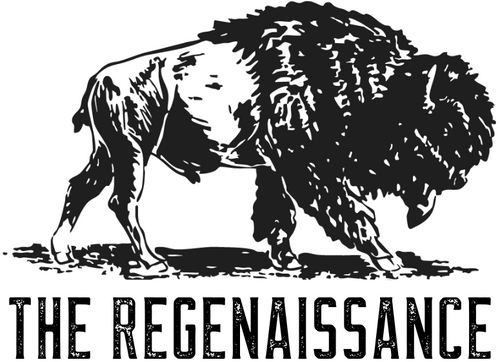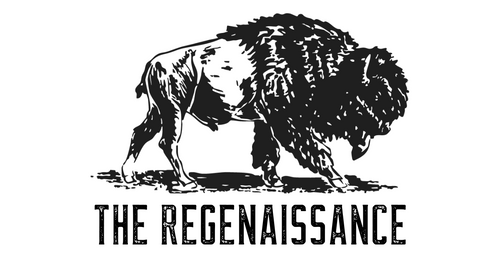A Permaculture Garden Under Attack
In Orem, Utah, a permaculture grower spent decades building rich soil and planting fruit trees, berries, and herbs. One windy day, a neighbor’s pesticide spray drifted across the property line. Within days, leaves curled, fruit shriveled, and soil life began to collapse.
The hidden story of pesticide drift soil impact in Utah is not just scorched crops, but living soils stripped of the biodiversity that makes them fertile.
What Is Pesticide Drift?
Pesticide drift occurs when chemicals sprayed on one field or yard travel off-target through wind or volatilization. In Utah’s hot, dry climate, herbicides like 2,4-D and glyphosate are especially prone to drift.
Even tiny amounts can:
-
Damage sensitive plants like grapes, berries, and tomatoes
-
Kill beneficial soil bacteria and fungi
-
Reduce earthworm and pollinator populations
-
Set back years of organic soil building
The Soil Health Fallout
Research shows pesticide drift doesn’t just kill weeds, it disrupts soil microbiology:
-
Nitrogen-fixing bacteria are inhibited by 2,4-D, limiting soil fertility.
-
Mycorrhizal fungi, which help plant roots absorb nutrients, are damaged by glyphosate.
-
Studies show pesticides harm over 50% of measured soil health indicators in real-world conditions.
For Utah growers who rely on regenerative practices like composting and permaculture, a single drift event can undo years of work.
Utah Farmers and Gardeners Speak Out
Many regenerative farmers in Utah call drift “chemical trespass.” They report:
-
Crops lost after neighbors sprayed lawns on windy days
-
Soil that no longer produces as before
-
Weak enforcement, with minimal fines for applicators
As one grower put it: “That soil was alive, and now it’s on life support.”
What Can Be Done?
Protecting soil from drift requires both policy and practical solutions:
-
Buffer zones: Planting hedgerows or windbreaks along fence lines
-
Neighbor communication: Asking nearby sprayers for notice before applications
-
Stricter rules: Enforcing no-spray conditions on windy days
-
Community support: Sharing compost, microbial teas, and knowledge to help heal damaged soils
Why It Matters for Regenerative Agriculture
Utah’s arid climate means soil is already under stress from heat and drought. Pesticide drift adds another layer of risk — one that threatens not just gardens, but the future of regenerative agriculture in the state.
Protecting soil health isn’t just about avoiding crop damage. It’s about preserving the living ecosystems underground that make farming possible.
Key Takeaway
The Orem case is a warning: pesticide drift doesn’t stop at the fence line. For regenerative farmers and gardeners, it’s a reminder that soil is both fragile and worth fighting for.
Pesticide drift soil impact in Utah shows why building resilient farming systems and holding chemical applicators accountable is essential to the future of food freedom.





